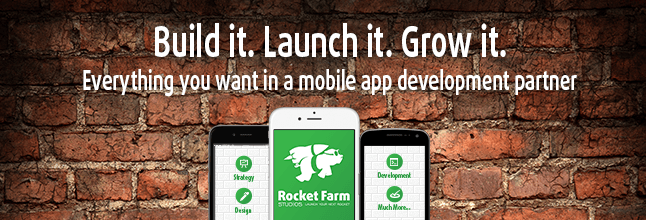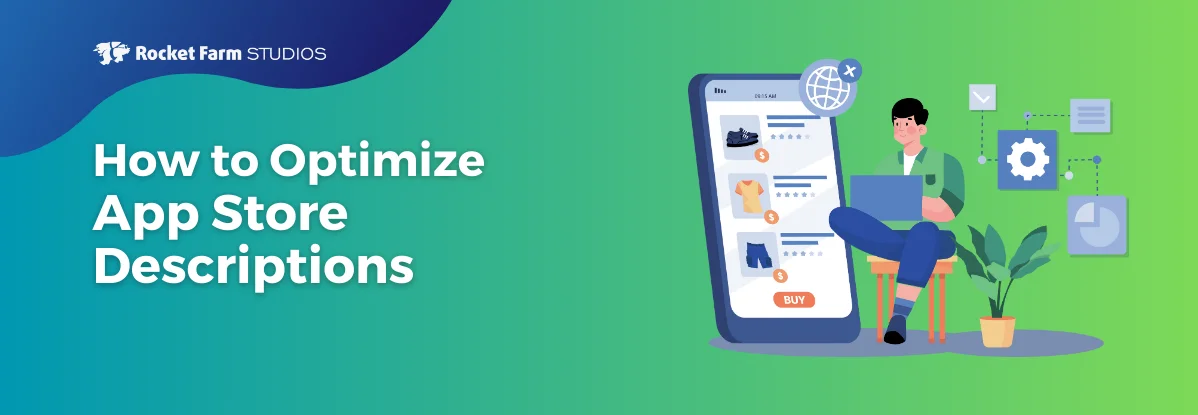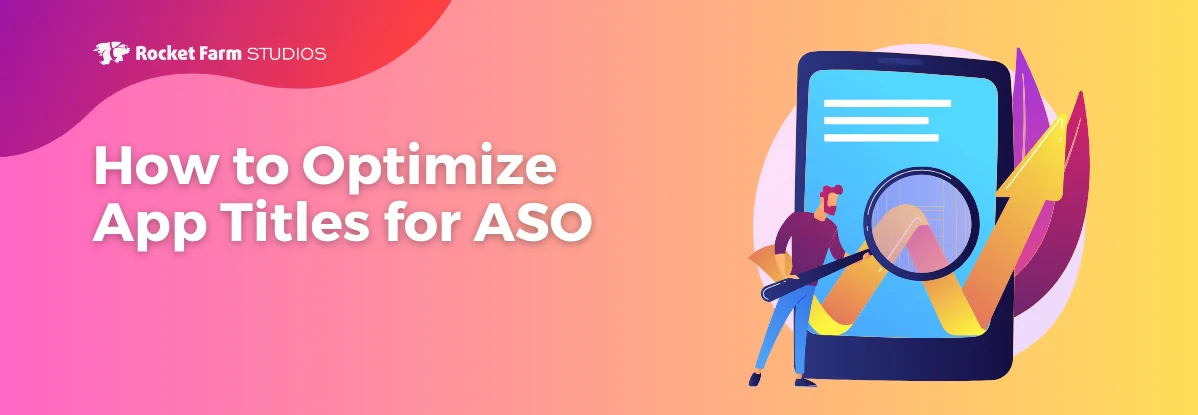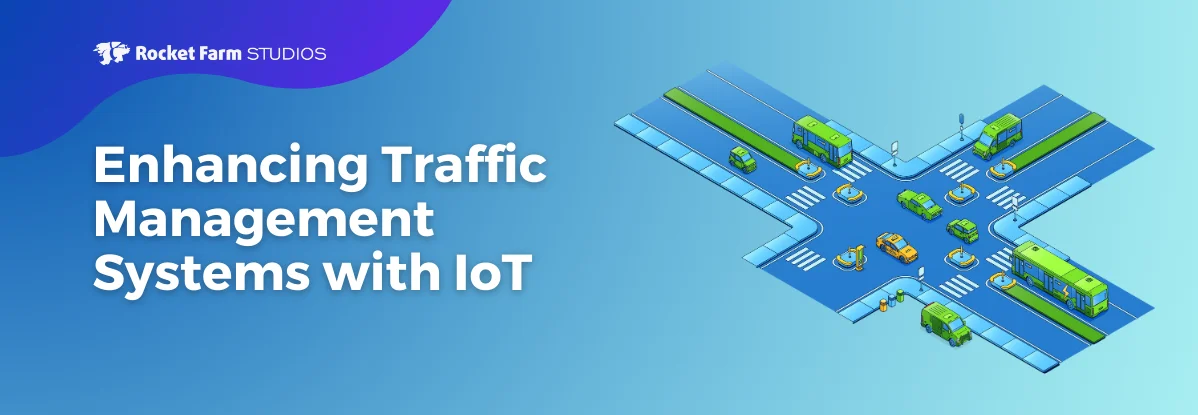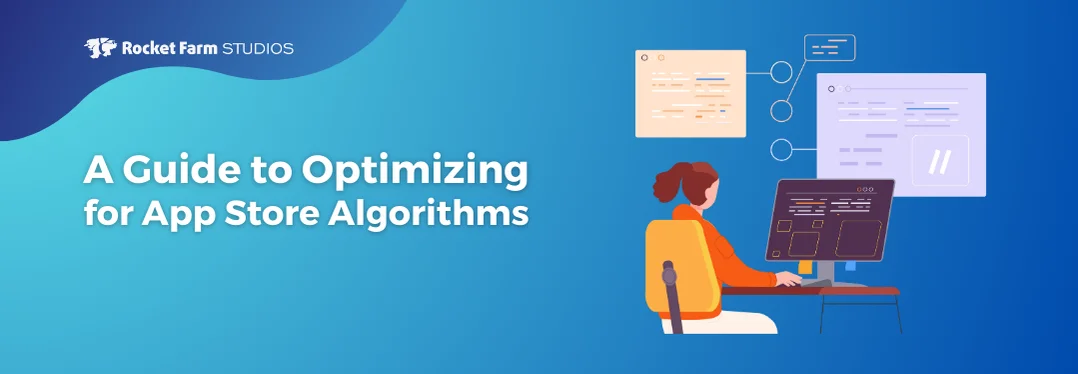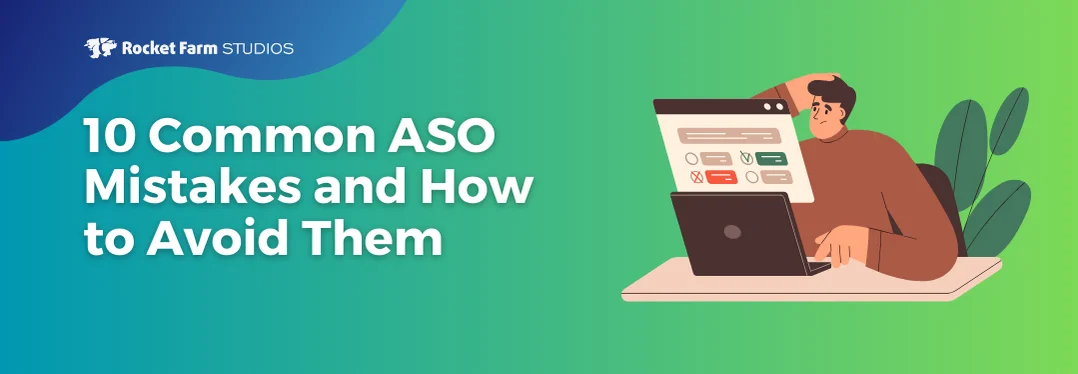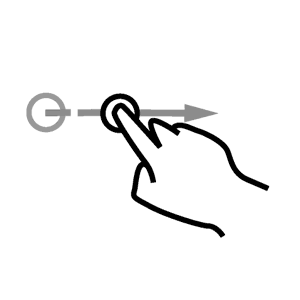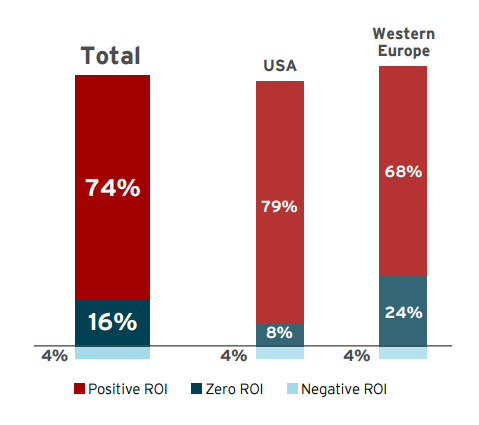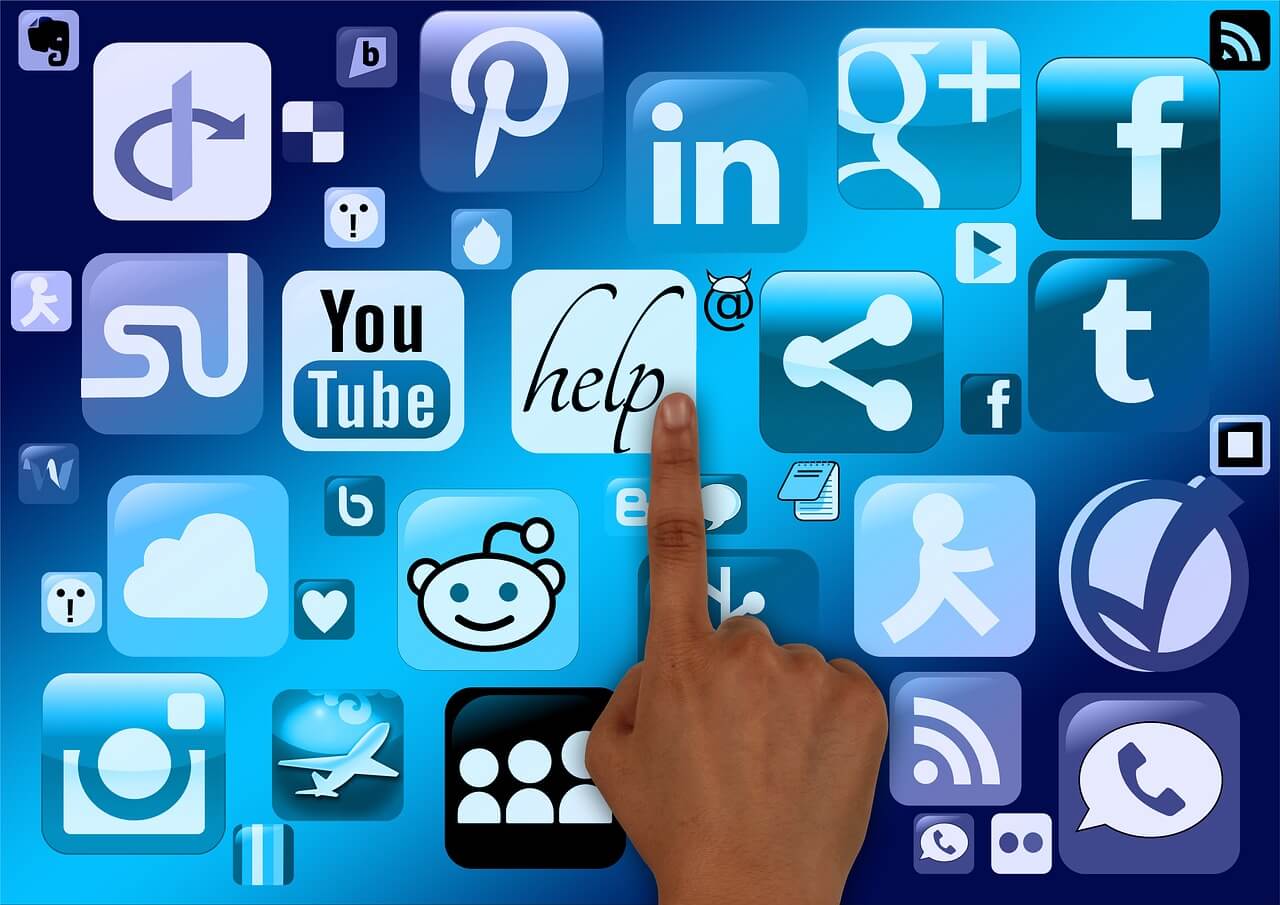
One of the scariest app statistics we mentioned in previous blogs is that retention rates fall to near 3% after 30 days. And remember how we wrote about how the top 25 apps don’t change much from year to year? These stats point to what we all know: most apps fail.
With millions of apps on the market, it’s inevitable that most will fall by the wayside. But is it purely a numbers game? Do failed apps have traits in common? We think so. Here are 3 reasons why apps fail to gain traction with their audience.
1. Not understanding your audience.
49% of developers build apps they want to use themselves, and surprise surprise: these developers end up generating the least amount of revenue. Turns out that if you don’t know who your audience is and do the due diligence to find out what segment of app users would want to use your app, you won’t be able to predict whether you’ll be successful.
Who is your app’s target demographic? Do they use Android or iOS? What actions do they want to do on a smartphone? What other apps do they already use? These are the types of questions your team should get answers to before starting on the app. When we built goMentum for Leaderclips, we were crystal clear on who the audience was (network marketers), the size of the audience (teams up to 100,000 people), and what they wanted (a communication & learning tool). That helped us design the app that catered to each user-type and each user-need. It’s a lot of up-front work, but it is invaluable when it comes to creating a successful app.
2. Not solving a problem.
A lot of apps fall into what we call the Google Earth conundrum. Remember when Google Earth first came out? It was a very cool app that let you virtually tour the world. How many of you still use it? Exactly. It’s a fun app, but there’s no real problem it is solving for it to be used regularly. As of this writing, it has nearly 100 million installs on the Google App Store. Compare that to Google Maps, which people use everyday to get around: nearly 1 billion installs.
If your app solves a problem to a group of users, there is a good chance it will be a success. But the prettiest app in the world that doesn’t solve a problem won’t see long term success. It doesn’t matter if your audience is very niche; if your app can solve a specific issue for them, you can win that niche. So before you build, ask yourself why your app should exist.
3. Bad user experience.
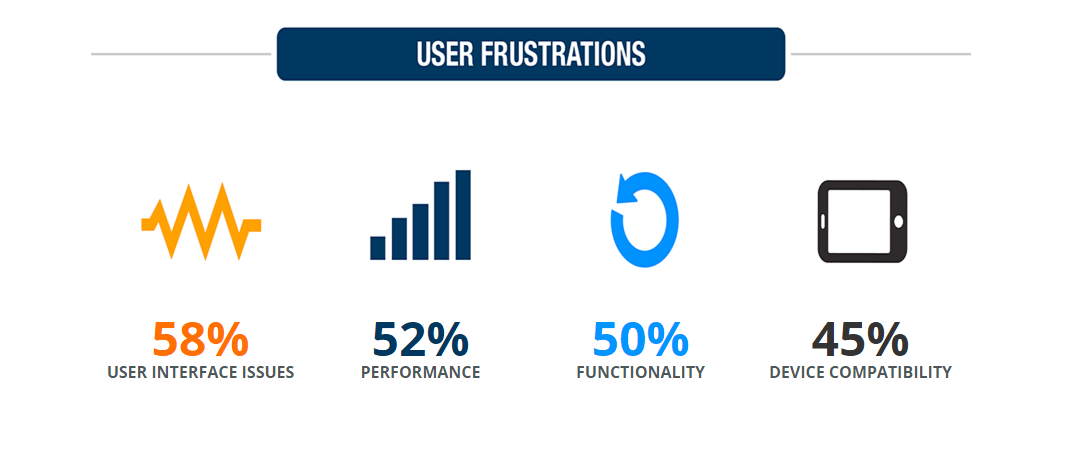
An infographic from perfectomobile.com shows that 58% of app frustrations come from user interface issues. This highlights the biggest reasons why apps fail: users don’t like using them. So if you’ve found your audience, and if your app solves a known problem, none of that matters at all if your app isn’t a joy to use.
Developing a great app is not easy, but there’s no excuses for 44% of defects to be found by the customer. None! Take the time and spend the money to build the best app you possibly can. Build it, test it, release it, then fix the next batch of problems quickly. And repeat. With the audience as fickle as they are today, you might only get one chance to make a good impression. Put your best app foot forward by releasing a fully vetted product while continuing to listen to your audience to improve and iterate.
Why do you think apps fail? Sound off in the comments below!
